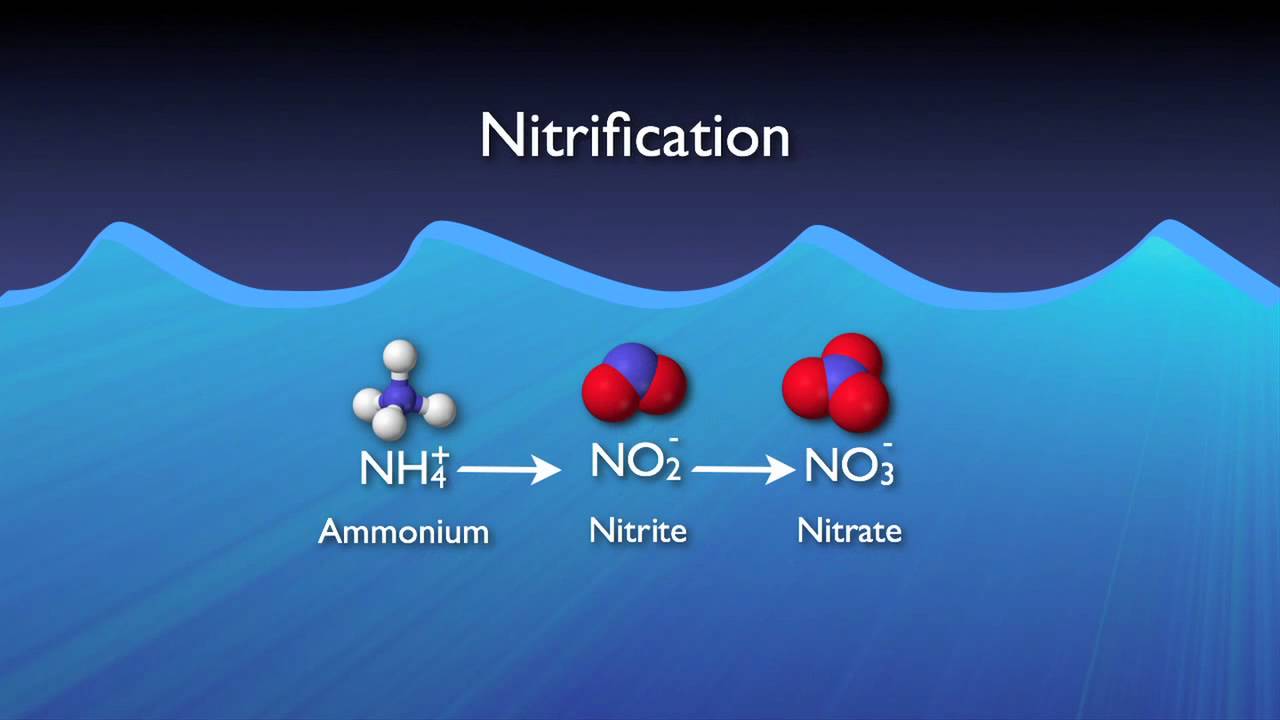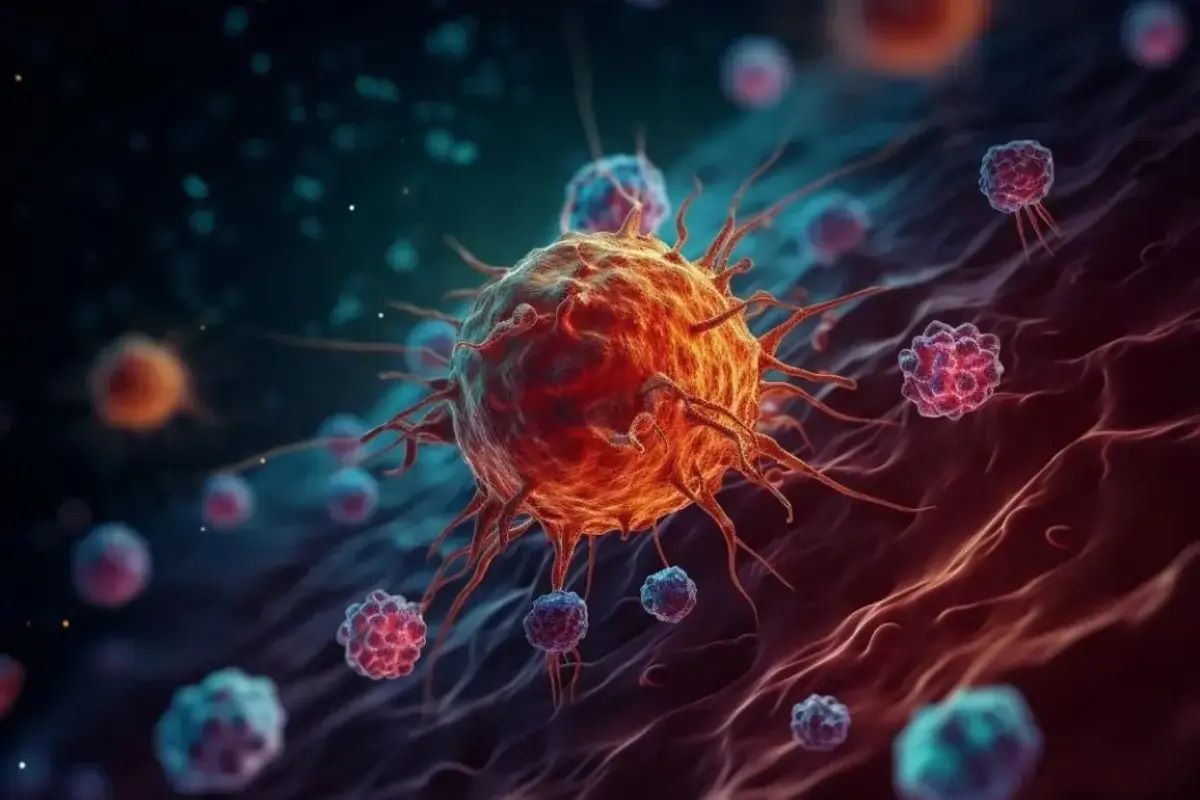
Nitrification is a fascinating biological process that plays a crucial role in the global nitrogen cycle. It is the conversion of ammonia (NH3) into nitrite (NO2-) and then into nitrate (NO3-), carried out by specialized microorganisms called nitrifiers. This process is essential for the sustainable functioning of ecosystems and has significant implications in agriculture, wastewater treatment, and environmental management.
In this article, we will explore 10 intriguing facts about nitrification that will enhance your understanding of this complex biological phenomenon. From the discovery of nitrifying bacteria to the impact of nitrification on soil fertility and aquatic habitats, we will delve into the intricacies of this vital process. So, let’s dive into the world of nitrification and uncover the secrets hidden within its microcosm!
Key Takeaways:
- Nitrification is a crucial step in the nitrogen cycle, converting ammonia into essential compounds for plant growth and nutrient recycling. It plays a vital role in sustaining ecosystems and agriculture.
- Nitrification is affected by temperature and can be inhibited by certain substances, impacting water quality and aquatic life. Understanding and managing nitrification is key to sustainable practices and environmental conservation.
Nitrification is a vital process in the nitrogen cycle.
Nitrification is a crucial step in the natural nitrogen cycle, where ammonia is converted into nitrites and nitrates, essential compounds for plant growth and nutrient recycling.
Two types of bacteria are involved in nitrification.
Nitrification is carried out by two types of bacteria: ammonia-oxidizing bacteria (AOB) and nitrite-oxidizing bacteria (NOB). AOB convert ammonia into nitrites, and NOB further oxidize nitrites into nitrates.
Nitrification requires specific environmental conditions.
The process of nitrification thrives in aerobic environments with sufficient oxygen levels. It typically occurs in soil, water, and wastewater treatment systems where oxygen is readily available.
Nitrification plays a role in wastewater treatment.
Wastewater treatment plants utilize nitrification to remove ammonia from sewage and transform it into less harmful nitrates through the nitrification process.
Nitrification is affected by temperature.
Temperature influences the rate of nitrification. The process is slower in colder temperatures and faster in warmer climates, making it essential to consider temperature control in various applications.
Nitrification can lead to water pollution.
Excessive nitrates from agricultural runoff or improperly treated wastewater can enter water bodies, leading to eutrophication and harming aquatic life.
Nitrification can be inhibited by certain substances.
Chemical compounds like heavy metals, certain pesticides, and high levels of organic matter can inhibit the activity of nitrifying bacteria, disrupting the nitrification process.
Some plants have a symbiotic relationship with nitrifying bacteria.
Leguminous plants, such as soybeans and peanuts, form a mutually beneficial relationship with nitrifying bacteria, known as nitrogen-fixing bacteria. These bacteria convert atmospheric nitrogen into a usable form for the plants.
Nitrification plays a role in aquarium filtration.
In aquariums, nitrification is crucial for maintaining water quality. Beneficial bacteria colonize the filter media and convert ammonia from fish waste into nitrites and then nitrates, preventing toxic ammonia levels.
Nitrification is an essential process for sustainable agriculture.
By enhancing nitrification through proper soil management and minimizing nitrogen runoff, sustainable agricultural practices help maximize crop yield while minimizing environmental impact.
These 10 intriguing facts about nitrification highlight the significance of this process in various ecological and industrial systems. Understanding nitrification and its implications can contribute to sustainable practices and the conservation of our ecosystems.
Conclusion
Nitrification is a fascinating process that plays a crucial role in the nitrogen cycle. As we have explored in this article, nitrification involves the conversion of ammonia to nitrite and then to nitrate by specialized bacteria. This process is essential for making nitrogen available to plants and supporting the growth of ecosystems.
Throughout our exploration of this topic, we have uncovered various intriguing facts about nitrification. From its importance in wastewater treatment to its role in soil fertility, nitrification showcases the intricate relationships between microbes, plants, and the environment.
By understanding more about nitrification, we gain valuable insights into how we can harness this process to improve agricultural practices, protect water quality, and ensure sustainable ecosystems. The more we learn about nitrification, the better equipped we are to address environmental challenges and contribute to the well-being of our planet.
FAQs
Q: What is nitrification?
A: Nitrification is the biological process by which ammonia is converted into nitrite, and then further oxidized into nitrate by specific bacteria.
Q: How does nitrification benefit plants?
A: Nitrification provides plants with the essential nitrogen they need for growth and development. Nitrate, the end product of nitrification, is readily taken up by plants and used to synthesize proteins and other important molecules.
Q: Why is nitrification important in wastewater treatment?
A: Nitrification is an integral part of wastewater treatment as it helps to remove harmful nitrogen compounds from the water. By converting ammonia into nitrate, nitrification ensures that water released back into the environment is less polluted and safer for aquatic life.
Q: How does nitrification impact soil fertility?
A: Nitrification plays a vital role in maintaining soil fertility by providing a continuous supply of available nitrogen to plants. This process helps to replenish the soil with essential nutrients and supports healthy plant growth.
Q: Can nitrification be harmful?
A: While nitrification itself is not harmful, excessive nitrification can lead to the accumulation of nitrates in water bodies, resulting in water pollution. High levels of nitrates in drinking water can also pose health risks, particularly for infants.
Nitrification's role in the nitrogen cycle is just one piece of a larger puzzle. For those curious about how this essential nutrient moves through our environment, "12 Fascinating Facts About Nitrogen Cycle" offers a wealth of information. From the atmosphere to the soil and back again, nitrogen's journey is a complex and captivating one. Dive into the world of nitrogen and discover the many ways it shapes our planet's ecosystems and supports life in all its forms.
Was this page helpful?
Our commitment to delivering trustworthy and engaging content is at the heart of what we do. Each fact on our site is contributed by real users like you, bringing a wealth of diverse insights and information. To ensure the highest standards of accuracy and reliability, our dedicated editors meticulously review each submission. This process guarantees that the facts we share are not only fascinating but also credible. Trust in our commitment to quality and authenticity as you explore and learn with us.


